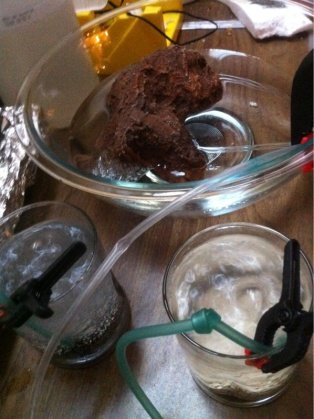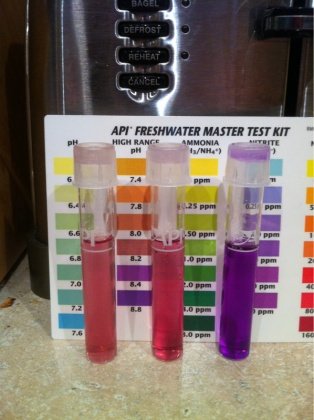Mogurako
Aquarium Advice Addict
I think the variables would have to be the background or the Cichlid substrate. You might want to research the brand a bit more. After a quick google search, there's plenty of products that advertise buffering your water up to 8.5.
Its Caribsea African Cichlid Mix Sahara Sand, It does contain aragonite, they don't say what else it contains on their website though.
CaribSea African Cichlid Mix | Congo River | Sahara Sand |Iivory Coast Sand | Ivory Coast Gravel | Rift Lake Authentic
Here the Data sheet for the product I used:
http://www.sika.com.au/cmc/Datasheets/tds/SikaTop-107Seal.pdf


